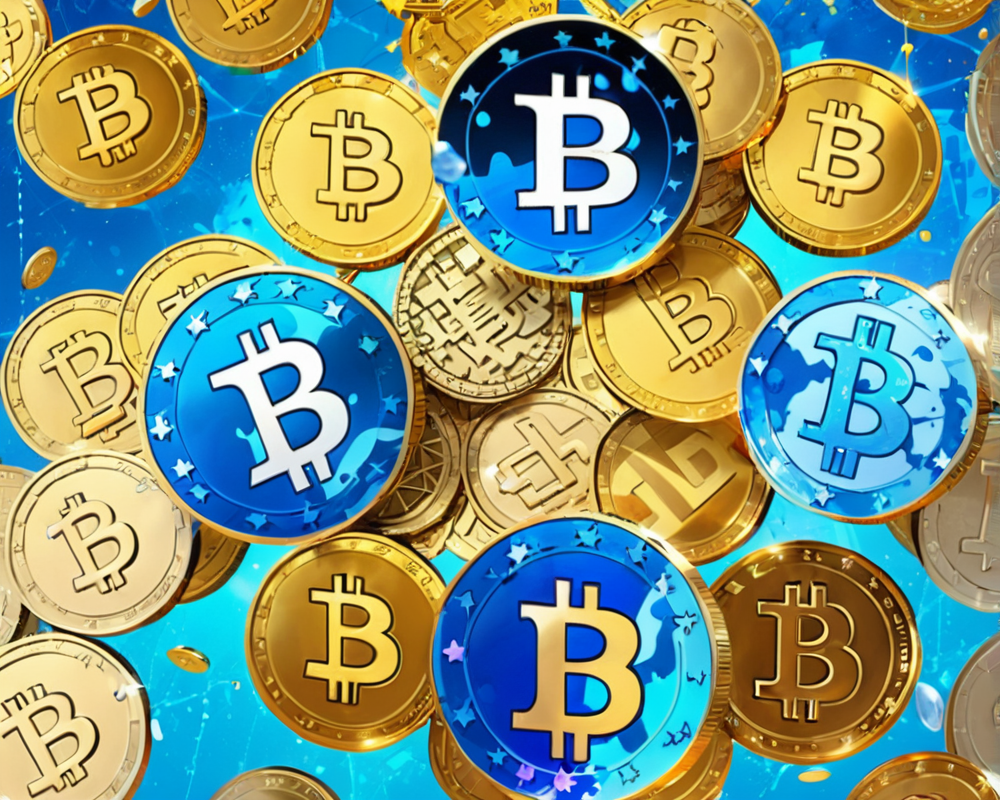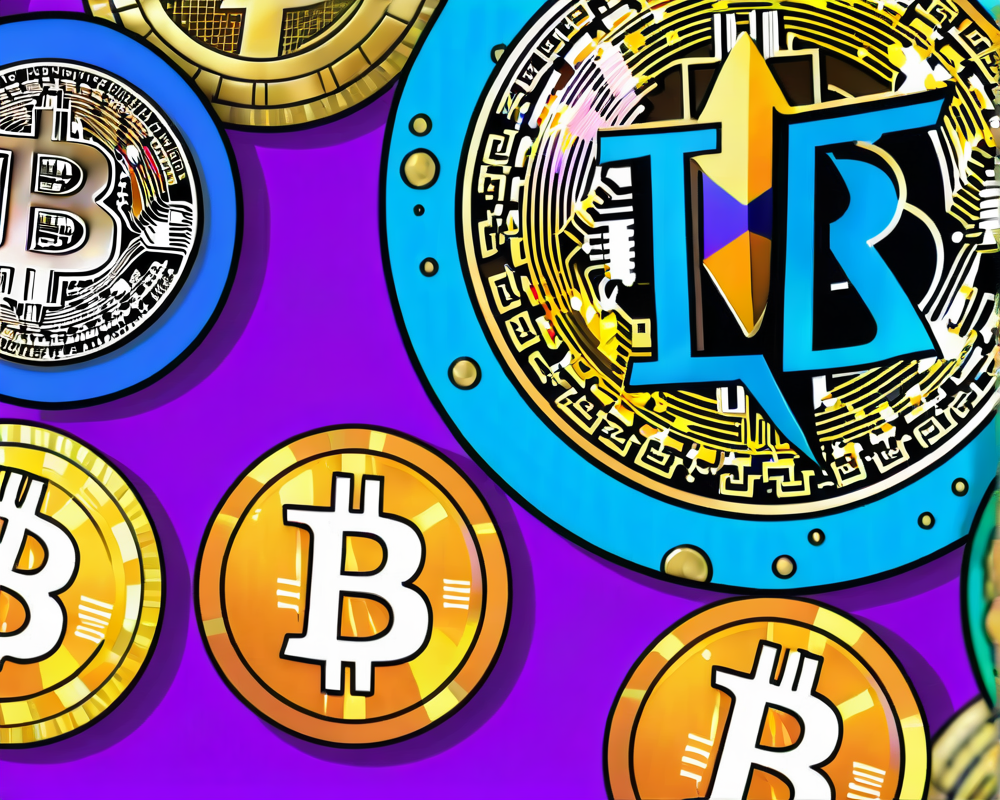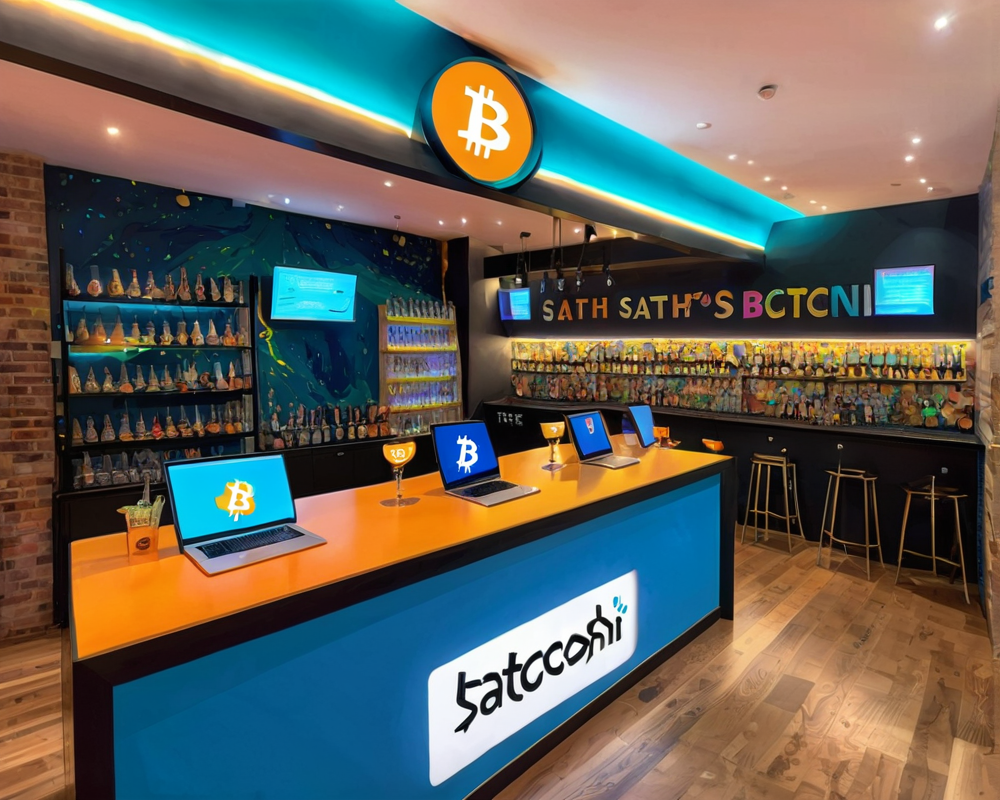Circle’s Ambitious Expansion
In an exciting announcement from the recently held Converge22 event, Circle revealed its plans to broaden the reach of its USD Coin (USDC). By the end of 2023, five additional blockchain networks—Polkadot, Optimism, Near, Arbitrum, and Cosmos—will welcome USDC with open arms, bringing the total to a staggering 13 networks! Talk about a coin that’s getting around!
Why This Matters
Circle’s vice president of Product, Joao Reginatto, emphasized that this expansion represents a leap toward “greater liquidity and interoperability within the crypto economy.” In layman’s terms, it means that all those millions of dollars you thought were stuck in one place can now mingle freely across different blockchains, making life a whole lot easier for developers, institutions, and exchanges. Cheers to that!
APIs and Development Magic
When USDC launches on these new platforms, developers will be empowered by Circle APIs. These nifty tools will facilitate seamless fiat conversions—think of them as your digital ATM for stablecoins! This programmability means that wallets will no longer just be digital piggy banks; they’ll become interactive financial hubs. How’s that for technological innovation?
A Multichain Vision
Having initially set up USDC on Ethereum, Circle always kept one eye on the horizon, aiming for a multi-chain future. Reginatto stated, “We knew already at the time that there were a lot of interesting things happening in other ecosystems.” Developers today are no longer tied down by just one blockchain. They seek flexibility and, let’s face it, who wouldn’t want to hop from one ecosystem party to another?
Stability Meets Vigilance
With a hefty market cap of $48.9 billion, Circle isn’t diving headfirst into every new blockchain pool. Reginatto highlighted that they meticulously assess each platform before committing to it. Risks have evolved dramatically over the years, making due diligence not just advisable but crucial. It’s not just a ‘swipe right’ on any blockchain; it’s a cautious, well-thought-out process.
To Compete or Not to Compete
Currently, Circle’s primary competitor, Tether, supports USDT on eight networks. But hey, when you’re as innovative as Circle, you can afford to play the long game. Comparatively, USDC’s greater multi-chain support might just position it as the go-to stablecoin for those fancy enough to look for interoperability.
Real-World Use Cases for USDC
Stablecoins are not just for crypto enthusiasts hoarding digital cash. Reginatto pointed out practical applications such as marketplace payouts, remittances, and settlements for financial institutions. There are barriers in traditional banking systems that USDC can help dismantle, like let’s get real—how realistic is it to move money across borders without the hassle? By utilizing USDC, companies like Stripe are integrating digital dollars into their payouts, making it possible to pay people where traditional systems fall short.
A Blockchain in Every Wallet
As USDC continues its journey across 13 blockchains, we can’t help but wonder: will we see a day when every wallet will hold enough coins to make a dragon hoard jealous? Only time will tell, but with Circle at the helm, it seems like the future of stablecoins is not just bright—it’s a multi-chained explosion of innovation!



